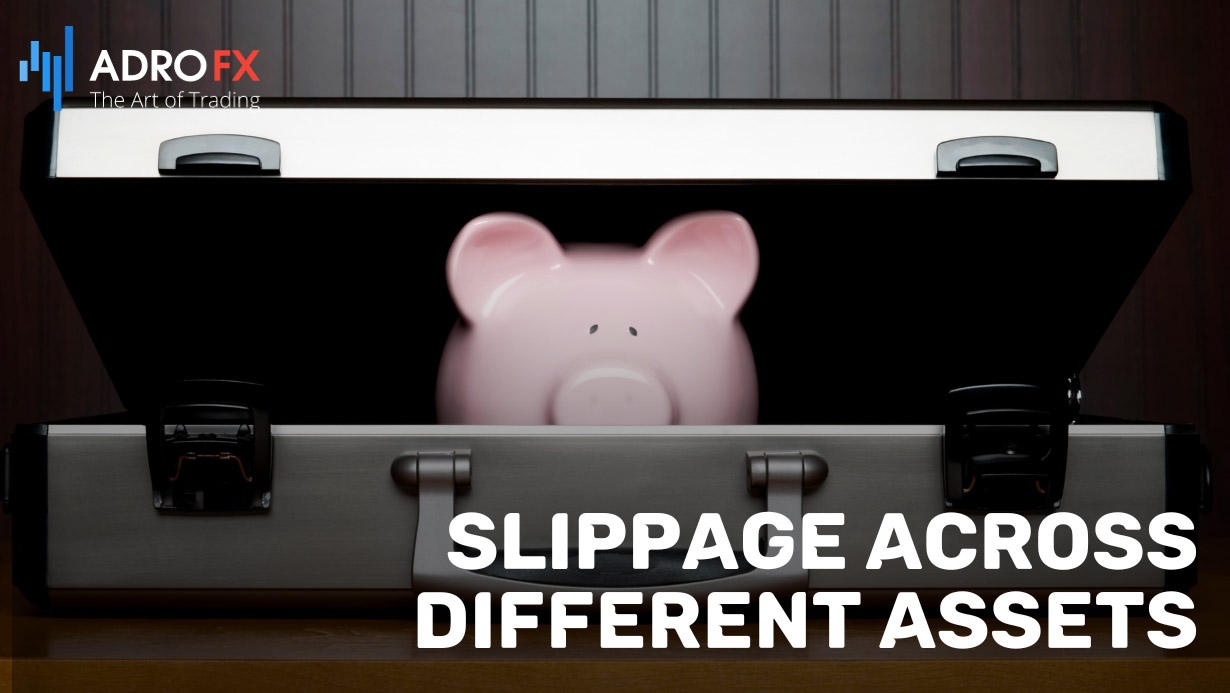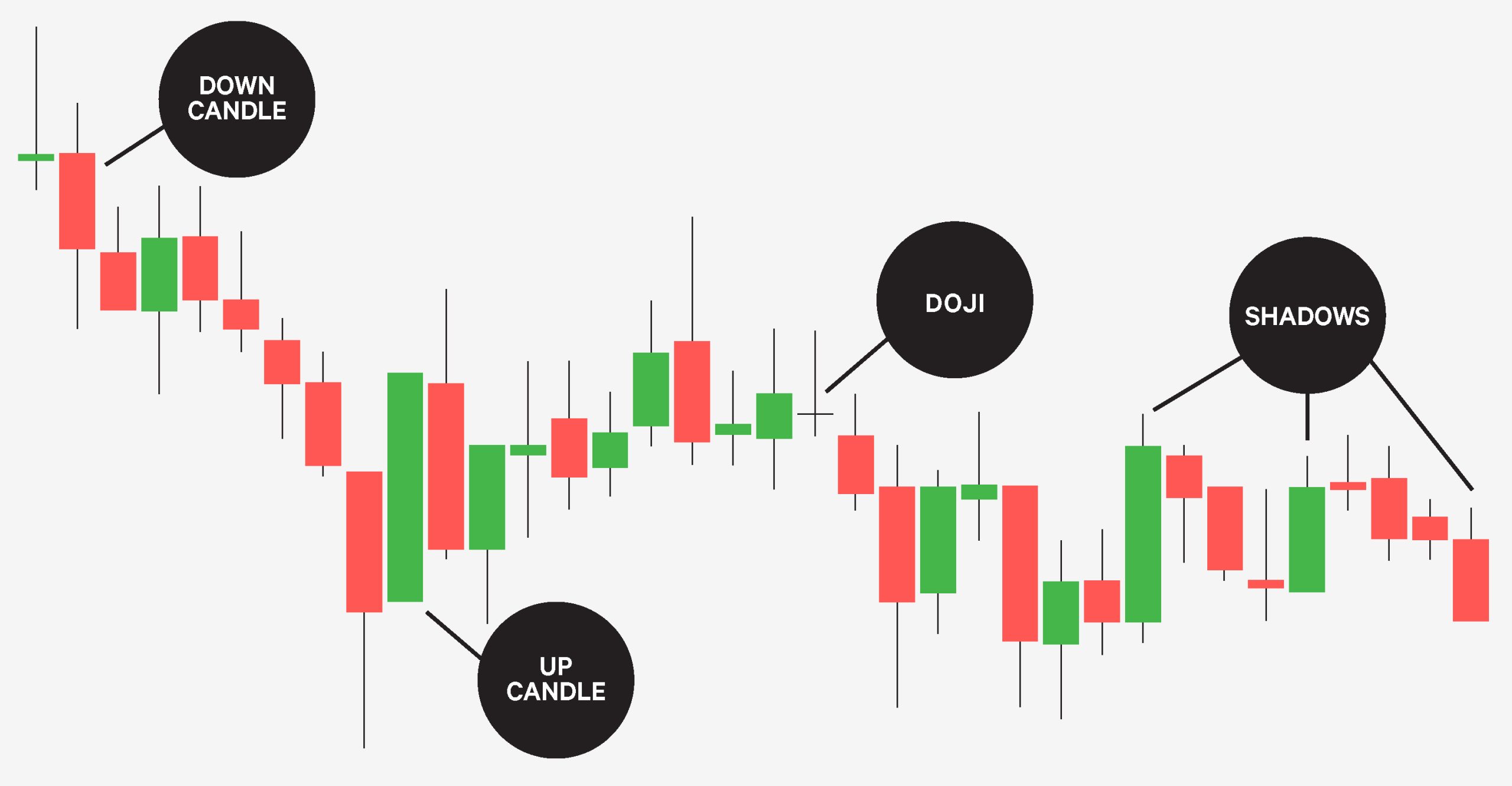In the dynamic realm of financial markets, understanding slippage is crucial for traders seeking optimal trading outcomes. Slippage, a phenomenon where trades are executed at a different price than expected, can significantly impact trading performance. By delving into the causes, impact, and effective strategies to mitigate slippage, traders can navigate this challenge more effectively. Let’s explore the intricacies of slippage and how it influences trading decisions, ultimately shaping traders’ success in the financial markets.

Unraveling Slippage in Financial Markets
Slippage, the variance between anticipated and actual trade execution prices, is a vital facet of trading dynamics. In fast-paced markets, abrupt price fluctuations often lead to slippage occurrences, impacting traders’ outcomes. This phenomenon, categorized as positive or negative, hinges on market volatility, liquidity levels, and trade volume, fundamentally influencing trade precision. Understanding these intricacies is fundamental for traders navigating financial markets effectively.
Impact of Slippage on Traders
Slippage’s impact on traders is profound, affecting profitability by altering expected gains or magnifying losses. Moreover, it raises trading costs, diminishing overall return on investment, which can be especially challenging for high-frequency traders and scalpers reliant on minimal spreads. Considering slippage in trading strategies and risk management is crucial for navigating its adverse effects effectively.

Effective Strategies to Minimize Slippage
When aiming to minimize slippage in financial markets, adopting strategic approaches can significantly enhance trading outcomes. One crucial tactic is to opt for limit orders over market orders. By setting price limits, traders can control the execution price, mitigating the risks associated with unexpected price variations.
Another valuable strategy is to time trades during periods of lower market volatility. High volatility often leads to increased slippage, making calmer market conditions preferable for executing trades with minimal price discrepancies.
Moreover, selecting liquid assets is key to reducing slippage. Assets with high liquidity tend to have narrower bid-ask spreads, decreasing the likelihood of substantial price deviations and resultant slippage.
Additionally, breaking down large orders into smaller ones can be an effective method to minimize slippage. By executing several smaller orders gradually, traders can mitigate the impact on the market price, thus lowering the overall slippage experienced during trading activities.
By implementing these strategic measures, traders can proactively manage and minimize slippage in their trading endeavors, ultimately optimizing their trading performance in the dynamic financial markets.

Slippage in Cryptocurrency Markets
Slippage in cryptocurrency markets poses unique challenges due to their extreme volatility and liquidity variations. Cryptocurrency exchanges, each with distinct rules and fee structures, contribute to varying slippage levels. Understanding the intricacies of individual cryptocurrency markets is crucial for traders to mitigate potential slippage risks effectively. Employing specialized tools like crypto-centric trading platforms or algorithms tailored for these markets can aid in minimizing slippage impact. Trading in volatile digital assets demands a vigilant approach to managing slippage and optimizing trading outcomes effectively.

Exploring Slippage in Forex Trading
Slippage in forex trading is a common occurrence influenced by various factors such as currency pair liquidity, news events, and trading volume. The dynamic nature of the forex market can lead to price discrepancies during trade execution, causing slippage.
Forex brokers play a significant role in managing slippage as they offer different spreads and execution models. Traders should carefully evaluate brokers to choose ones with tight spreads and efficient execution to reduce slippage instances.
To minimize slippage in forex trading, traders must stay informed about market conditions and adjust their trading strategies accordingly. Being aware of economic events, market sentiment, and technical analysis can help anticipate potential slippage risks and make more informed trading decisions.

Calculating and Measuring Slippage
Understanding slippage in financial markets involves calculating the variance between the intended price of a trade and its actual execution price. This difference can be quantified as a percentage of the intended trade value, providing traders with a clear measure of the impact of slippage on their trades. By utilizing historical data and backtesting, traders can estimate potential slippage under various market scenarios and trading approaches.
Monitoring slippage over time is a vital practice for traders to discern patterns and optimize their execution strategies. By consistently tracking and measuring slippage, traders can refine their trading methods, minimize potential losses, and enhance overall trading performance. This proactive approach empowers traders to make informed decisions that mitigate the adverse effects of slippage, contributing to more successful trading outcomes in the dynamic financial markets.

